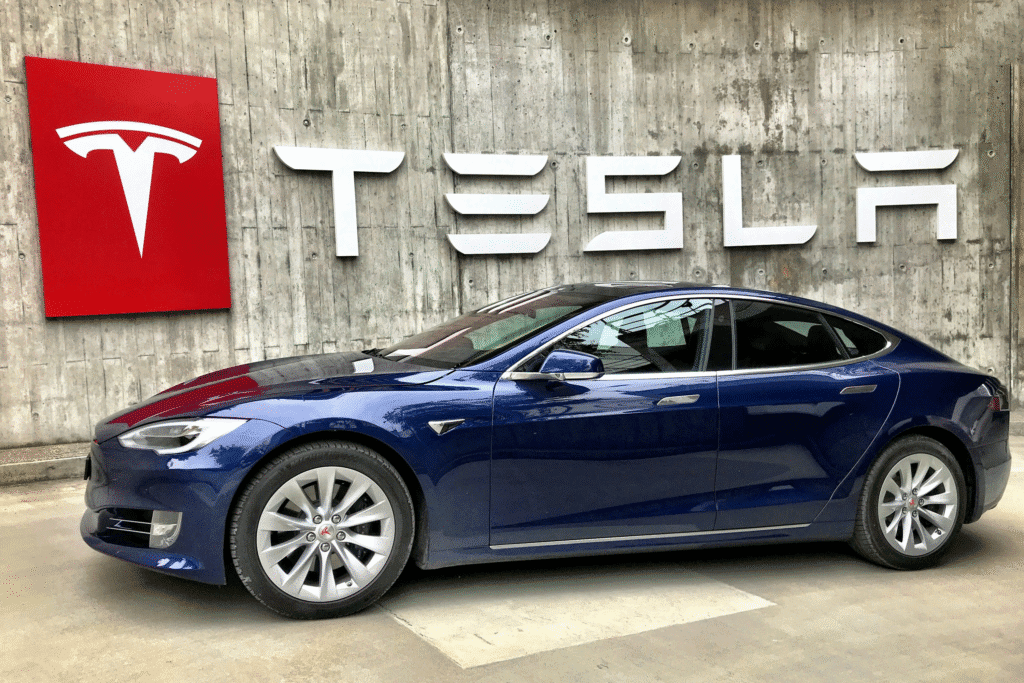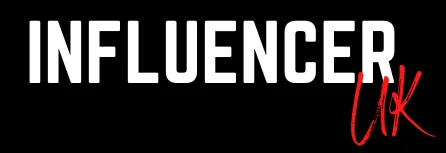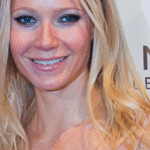Tesla has taken a new step in the United States by informing users about its robotaxi service, which will soon operate in California’s Bay Area. However, there’s an important detail to note—these robotaxis are not yet fully self-driving in California. For now, they will have safety drivers behind the wheel. This update came through a new message that Tesla sent to users, and it was reported by Business Insider.
According to the message, if a ride happens in California, it will be “conducted with a safety driver using Full Self-Driving (Supervised)” and is permitted by the California Public Utilities Commission (CPUC). But outside of California, the robotaxis are allowed to drive themselves completely. This confirms what Reuters had already reported earlier—that Tesla’s robotaxi service is not fully approved in California for driverless rides.
Even though Tesla is working hard to create self-driving technology, it doesn’t yet have all the permissions it needs to run its robotaxis on their own in California. Unlike other companies like Waymo, which is owned by Alphabet (the parent company of Google), Tesla hasn’t applied for the licenses needed to run cars without any driver in this area. Waymo already has approval to offer fully driverless rides, while Tesla still depends on having someone in the driver’s seat who is ready to take over if needed.
Tesla’s version of Full Self-Driving, or FSD, is a software that helps cars steer, stop, and follow traffic rules on their own. But right now, even with this software, a human must always be present and alert. Tesla calls this version “Full Self-Driving (Supervised).” This means the car can do many driving tasks by itself, but it’s not safe enough yet to be left completely alone on the road.

The notice sent to Tesla robotaxi users also mentioned that Tesla would begin offering rides to friends and family of Tesla employees in California. This is allowed under the company’s current permit, which lets it test the service in a limited way. It’s a smart way for Tesla to test the system and make improvements before they officially launch it for everyone.
Elon Musk, Tesla’s CEO, has said many times that he wants Tesla’s robotaxi service to be used all over the world. He has also shared that Tesla is trying to get approval from different governments and transportation authorities in many countries, including the US. However, each state in the US has its own rules about self-driving cars. In California, the rules are quite strict. That’s why Tesla has to follow the CPUC’s guidelines and use human drivers in the Bay Area, at least for now.
Even though this might seem like a small step, it’s actually a big deal. It shows that Tesla is serious about making robotaxis a part of everyday life. By starting with safety drivers, Tesla can learn how people use the service and improve its technology. It also gives time to train the software better and avoid accidents. Self-driving cars are a new and complex technology, and making sure they are safe is the most important part.
While Tesla didn’t comment directly when reporters asked them about the update, the notification to users makes it clear that the company is moving forward carefully. By explaining how the rides will work and under what conditions, Tesla is showing that it wants to be open about its plans and follow the rules.
The use of safety drivers might not be what some people expected from Tesla’s robotaxi launch. Many were hoping to see cars driving around with no one inside. But building trust in this new kind of transportation will take time. Starting with drivers who can step in if something goes wrong is a good way to keep people safe and confident.
It’s also important to understand that getting approval for a fully driverless service isn’t simple. Companies have to prove that their vehicles are safe enough to drive on public roads without a person controlling them. They need to pass many tests and follow very strict rules. So while Tesla is well-known for being fast and bold with new technology, they still have to play by the rules, especially when it comes to public safety.
This moment is also different from how other companies are working on self-driving cars. Waymo, for example, has been testing its autonomous cars for a long time. They have already received the green light to offer driverless rides in some areas. Tesla, on the other hand, is still in the phase where a person must always be ready to take over. This shows the different paths companies are taking toward the same goal—cars that drive themselves.
Still, Tesla is not far behind. The company is continuing to build and improve its FSD software, and launching in California, even with human supervision, gives them the chance to show how their technology works in real life. This can also help them gather important data about traffic, rider habits, and how their system performs.
Eventually, Tesla hopes to remove the safety drivers and go fully autonomous, but that will depend on getting approval from the CPUC and proving that their system is safe without human help. Until then, rides in California will continue with someone in the driver’s seat, just in case.
Tesla’s new move shows how companies must balance innovation with responsibility. They need to bring exciting new services to people while making sure everything is done safely and legally. And even though the robotaxi dream is not fully here yet, it’s definitely on the way.


